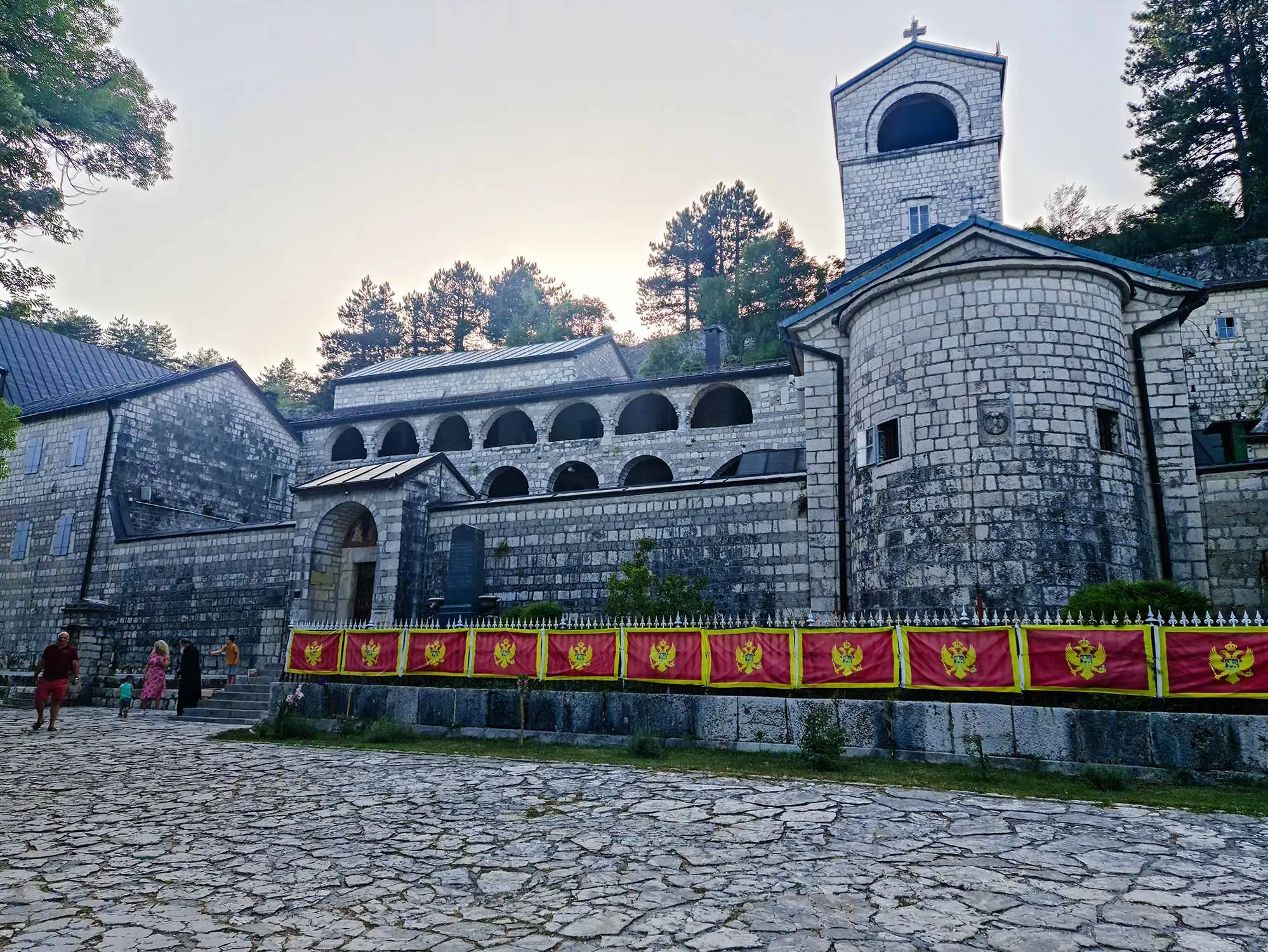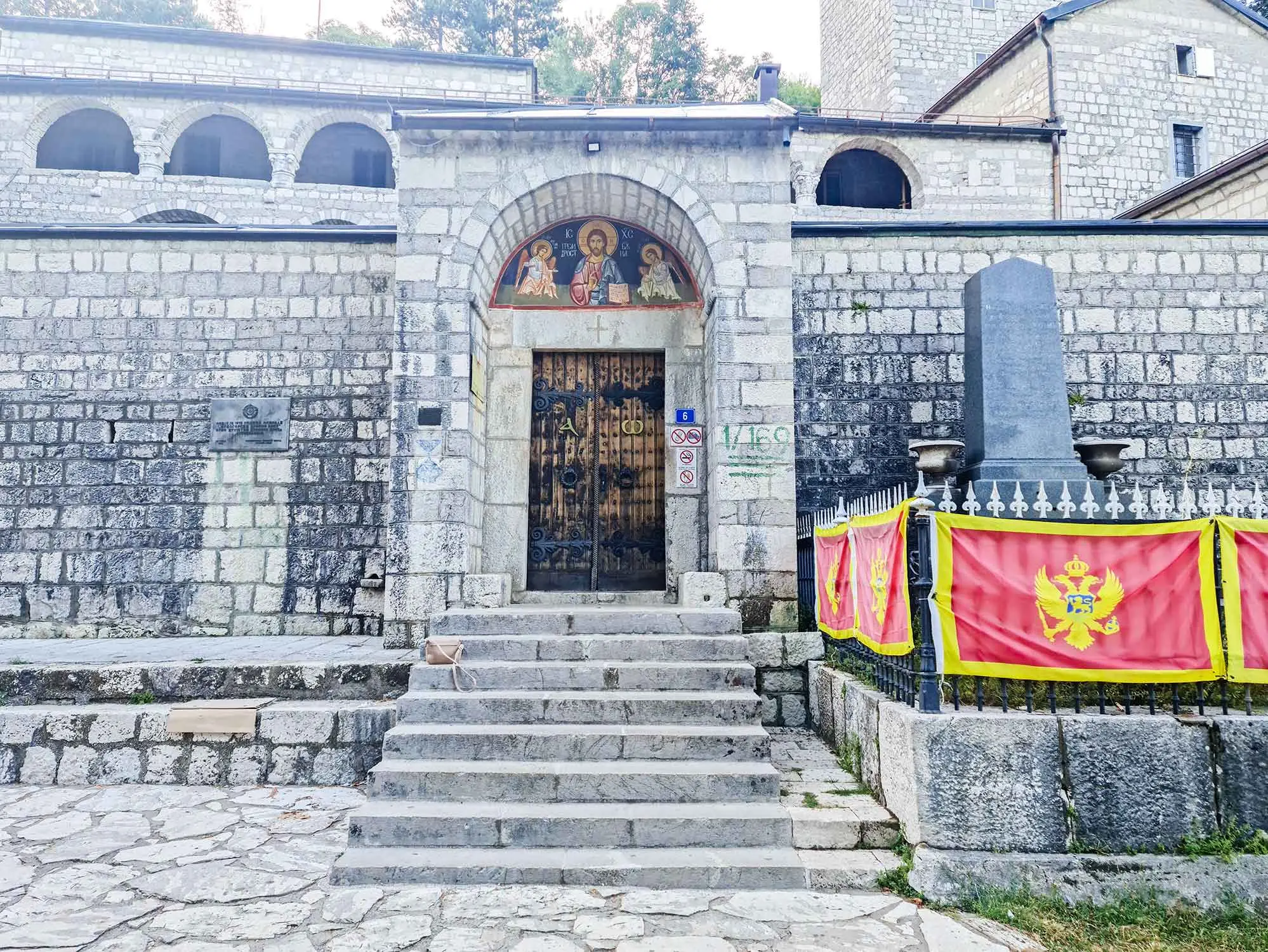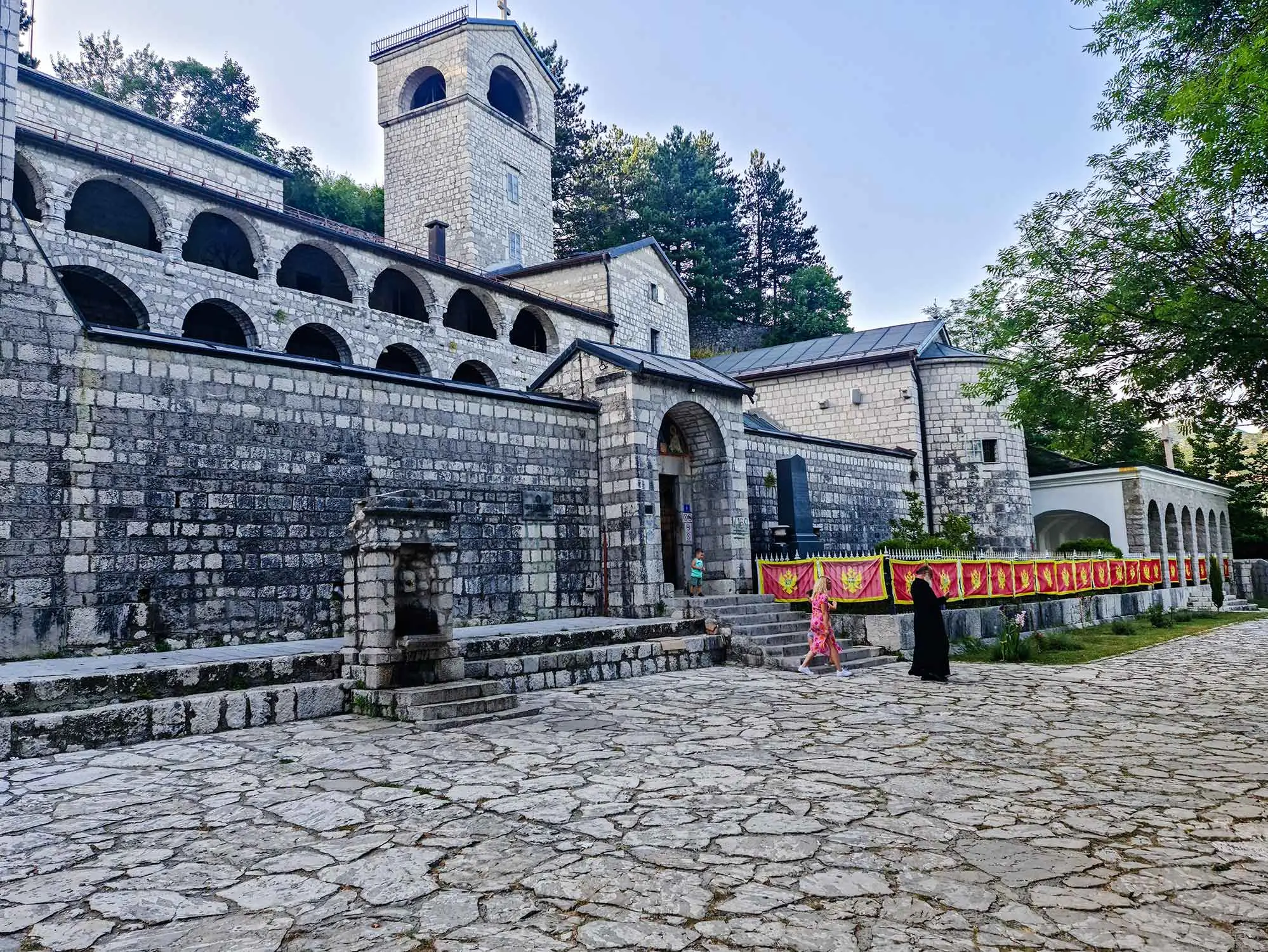Cetinje monastery: a place where religion and history meet
If the road ever takes you to Montenegro, a visit to the Cetinje Monastery is something you should not miss. Located in the historic city of Cetinje, the former capital of Montenegro, this monastery is not only a symbol of religious life but also a witness to centuries of political and cultural events that shaped the Montenegrin people.

Cetinje monastery, Photo: Adria.fun
Founded at the end of the 15th century by Ivan Crnojević, the then-ruler of Zeta, the monastery has been the spiritual and political center of the country throughout history. Over the years, the monastery was destroyed several times by the Turkish army, so it was rebuilt in 1701, on the site of the former residence of the ruler, and its present appearance comes from the reconstruction carried out in 1927. The original remains of the monastery from the 15th century can be seen near the Dvorska church in Ćipur.
Architecturally, the monastery combines Byzantine and Baroque styles, and within the complex, there is also a church dedicated to the Virgin’s birth.

Cetinje monastery, Photo: Adria.fun
One of the monastery’s most important aspects is its saints. It houses the relics of Saint Peter of Cetinje, one of the most respected Montenegrin bishops, and the icon of Mother of God Philermosa. The monastery treasury also contains fragments of the Holy Cross and the hand of Saint John the Baptist, which makes it an extremely important place for pilgrims from the Orthodox world.
It is important to note that not far from the monastery, in the printing house founded by Đurađ Crnojević in 1493, the first book in the Cyrillic alphabet in this part of Europe was printed – Oktoih prvoglasnik. Although it is often associated with the monastery, the printing took place in a specially established printing house, and not within the walls of the monastery itself.

Cetinje monastery, Photo: Adria.fun
The monastery is surrounded by a peaceful courtyard, and its location in Cetinje, the heart of Montenegrin history, makes it an indispensable part of every visit to this historic city. After visiting the monastery, I recommend that you explore other beauties of the city, such as numerous museums and palaces, as well as the nearby Lovćen National Park.
For more information about what else you can see in the city, be sure to read this article. Who knows, maybe Cetinje will conquer you like it conquered me!




Leave a Reply